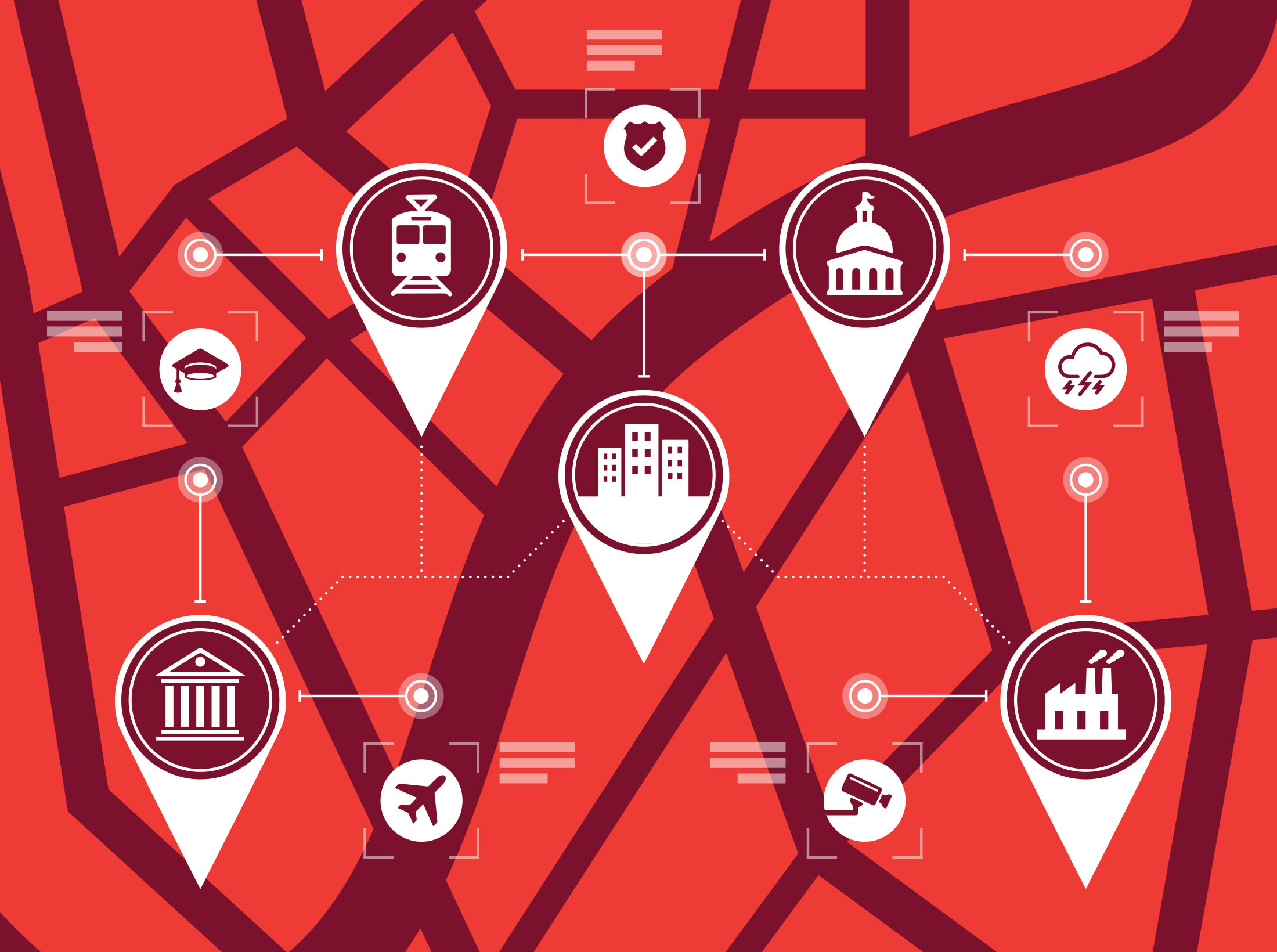Sponsored
Keeping pace in a smarter world

Produced in association withHitachi Vantara
It is an exciting time as the “factory of the future” emerges at a certain Japanese chemical company. The benefits are becoming clear: factory workers are better at their jobs, productivity is on the rise, equipment is better maintained, people are safer, and product quality continues to improve. With a new view of its business, this company can now identify and seize opportunities for improvement beyond the factory floor and bring a new level of confidence to decision-making.

Keeping pace in a smarter world
These types of sweeping changes are being ushered in to virtually every industry by a suite of complementary technologies, including video intelligence, Internet of Things (IoT) sensors, artificial intelligence (AI), and powerful analytics software, that combine to allow organizations to gather, blend, analyze, and visualize data like never before. Similar solutions are being used to improve everything from airports and retail stores to entire cities and states that touch the lives of millions of people.
“Taking data from multiple sources and bringing that to a single pane of glass to apply analytics and AI to make communities and entities safer and more efficient, that is what we mean by smart spaces,” says Mark Jules, global vice president, Smart Spaces and Lumada Video Insights for Hitachi Vantara. “We look at three outcomes: enhanced safety and security, operations, and business.”
Deep Dive
Artificial intelligence
Large language models can do jaw-dropping things. But nobody knows exactly why.
And that's a problem. Figuring it out is one of the biggest scientific puzzles of our time and a crucial step towards controlling more powerful future models.
Google DeepMind’s new generative model makes Super Mario–like games from scratch
Genie learns how to control games by watching hours and hours of video. It could help train next-gen robots too.
What’s next for generative video
OpenAI's Sora has raised the bar for AI moviemaking. Here are four things to bear in mind as we wrap our heads around what's coming.
Stay connected
Get the latest updates from
MIT Technology Review
Discover special offers, top stories, upcoming events, and more.